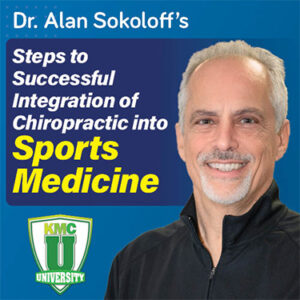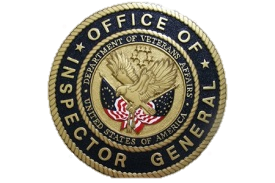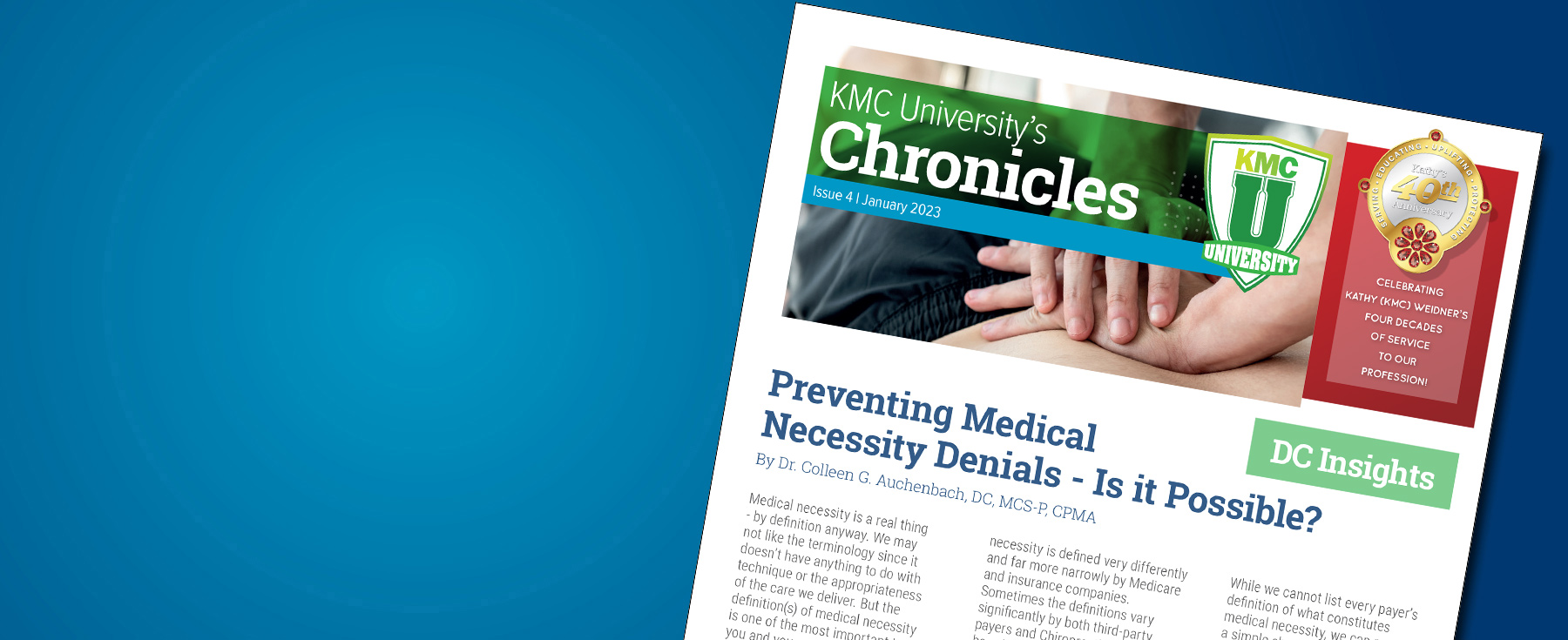Comparative Billing Reports (CBR) from Medicare
Has Yours Arrived Yet? The Center for Medicare and Medicaid Services (CMS) contracts with Reli, an external contractor, to provide these CBRs for providers of all kinds. They are landing in providers’ offices in February and March this year. So now what?








